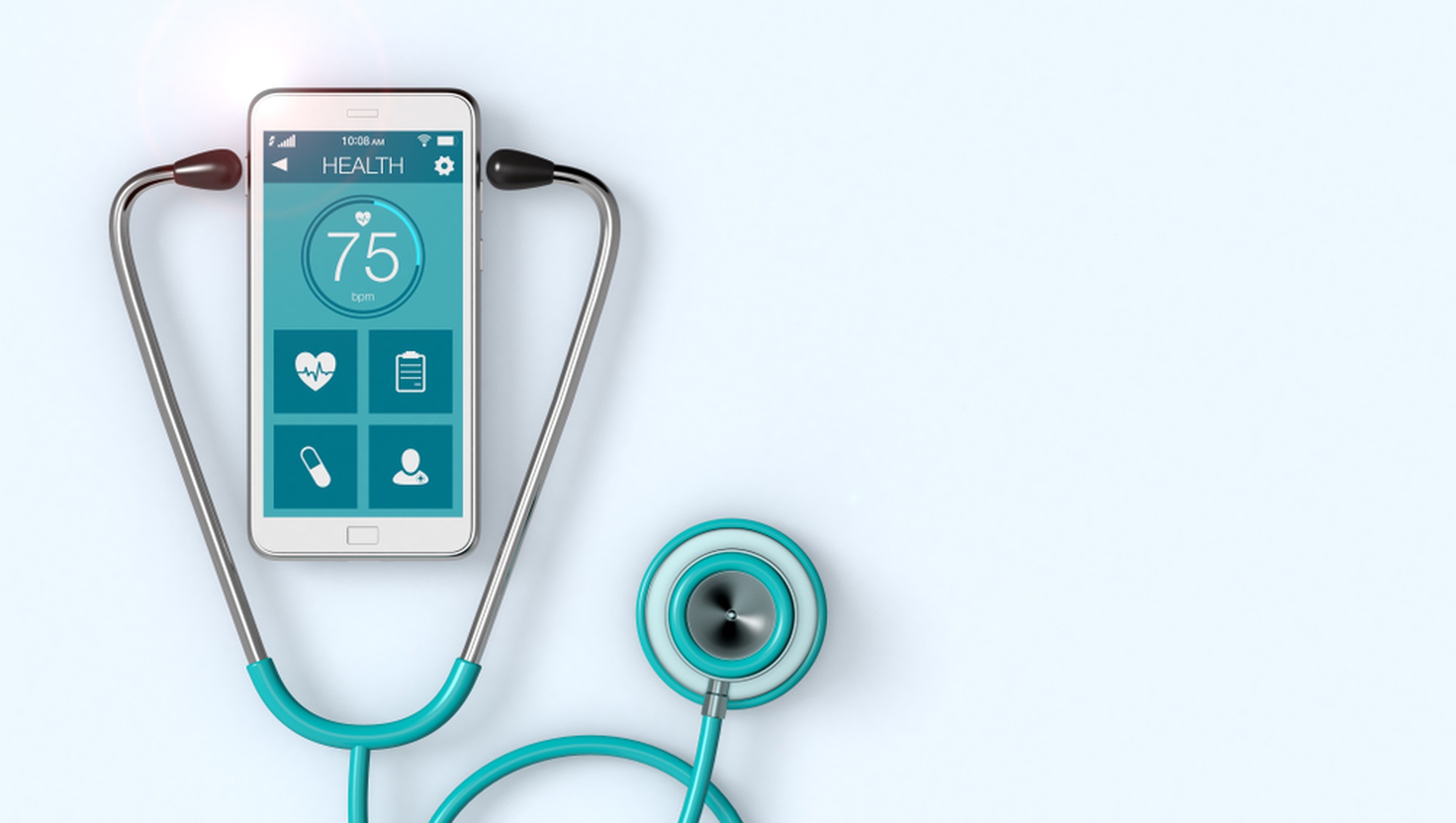The Future of Medical Care: Remote Client Checking Simplified
As health care proceeds to advance, one location that holds immense guarantee is remote individual surveillance. With a focus on improving individual results and simplifying healthcare distribution, remote surveillance is positioned to transform the market.
Benefits of Remote Client Surveillance
Remote patient monitoring provides a plethora of advantages for both medical care companies and patients alike. One significant advantage is the ability to continuously monitor patients' vital indicators and wellness data remotely. This real-time surveillance makes it possible for medical care providers to identify any type of concerning adjustments or patterns without delay, causing very early interventions and potentially protecting against clinical emergency situations. In addition, remote individual monitoring boosts the general top quality of care by providing a much more extensive and all natural sight of individuals' health condition past conventional in-person gos to.
Moreover, remote person tracking can lead to enhanced client outcomes and satisfaction. Remote surveillance can minimize the requirement for frequent hospital brows through, decreasing health care costs for both carriers and individuals.
Innovation Driving Remote Monitoring
In the world of modern-day health care, technological innovations play an essential role in driving the advancement and performance of remote individual monitoring. The assimilation of ingenious technologies such as wearable tools, mobile applications, and cloud-based systems has revolutionized the means doctor remotely handle and keep track of patient wellness - rpm software. These innovations allow continuous real-time surveillance of crucial indications, drug adherence, and various other crucial wellness data, enabling prompt interventions and customized treatment plans
One secret technology driving remote surveillance is the Internet of Points (IoT), which makes it possible for smooth connection between medical gadgets and medical care systems. IoT devices such as smartwatches and wireless sensing units transmit and accumulate patient information to centralized systems, assisting in remote surveillance from throughout the globe. Synthetic intelligence (AI) and maker understanding formulas further enhance remote monitoring by evaluating large amounts of client data to find patterns, forecast wellness fads, and sharp doctor to potential issues.
Influence On Medical Care Distribution
With the assimilation of innovative modern technologies driving remote person surveillance, the effect on health care shipment is becoming transformative and significantly extensive. Remote client monitoring allows medical care carriers to supply even more positive and customized like individuals, causing enhanced health end results and decreased health center admissions. By from another location tracking essential indicators, signs, and medication adherence, healthcare professionals can interfere early, avoiding issues and enhancing the overall high quality of treatment.
Additionally, remote monitoring improves access to medical care services, especially for individuals in underserved or country areas. People can obtain constant surveillance and support from their homes, removing the need for constant in-person check outs. This not just saves time and lowers costs for both people and healthcare centers but likewise decreases the risk of direct exposure to infectious illness, a crucial factor to consider in the existing healthcare landscape.
Furthermore, remote patient tracking makes it possible for healthcare suppliers to better designate sources and prioritize care based on real-time information. By recognizing high-risk clients and interfering promptly, health care shipment comes to be much more reliable and efficient, eventually bring about a much more lasting and patient-centered health care use this link system.
Improving Patient Outcomes

Additionally, RPM enables proactive monitoring of persistent problems, minimizing the chance of acute exacerbations and medical facility readmissions. Patients benefit from increased ease and convenience, as they can get care in their own homes while remaining linked to their doctor. link This constant monitoring not just improves client complete satisfaction but additionally promotes a sense of empowerment and involvement in their very own health management.
Future Trends in Remote Surveillance
Accepting cutting-edge modern technologies in remote individual monitoring is forming the future landscape of health care delivery. The future fads in remote tracking are anticipated to reinvent the way medical care is offered, making it more reliable and patient-centric. One significant pattern is the increased use wearable devices and sensing units to collect real-time data, allowing healthcare suppliers to keep an eye on patients continually without the need for regular in-person visits. These tools can track important indicators, medication adherence, and activity degrees, offering a thorough view of the individual's wellness status.

In addition, telehealth platforms are coming to be more advanced, enabling virtual examinations, remote diagnosis, and remote individual monitoring all in one incorporated system (best remote patient monitoring software). This holistic technique to remote surveillance is improving health care distribution, my company boosting person complete satisfaction, and inevitably, boosting overall high quality of treatment
Verdict
In conclusion, remote person surveillance supplies numerous advantages in healthcare delivery, driven by developments in innovation. It has the possible to boost person outcomes and revolutionize the way healthcare is provided. Future fads in remote surveillance will certainly proceed to form the landscape of medical care, giving possibilities for even more efficient and customized patient care.
Remote person surveillance offers a plethora of advantages for both medical care carriers and people alike. Furthermore, remote client monitoring boosts the general high quality of care by offering an extra detailed and all natural sight of individuals' health status past standard in-person check outs.
Furthermore, remote client surveillance can lead to enhanced client outcomes and contentment. Remote individual tracking allows health care suppliers to offer even more customized and aggressive care to individuals, leading to improved health and wellness end results and decreased healthcare facility admissions. Remote patient tracking (RPM) plays a substantial role in boosting patient results by giving continuous, real-time data that makes it possible for healthcare companies to interfere promptly and change therapy strategies as needed.